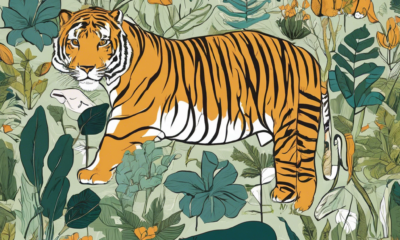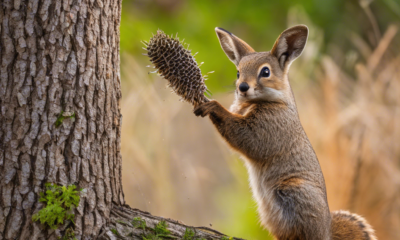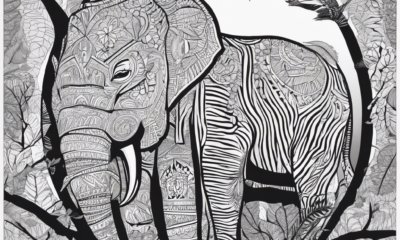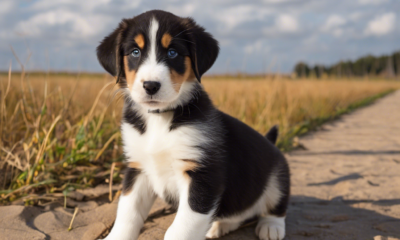Wildlife
How Climate Change Affects Wildlife Ecosystems
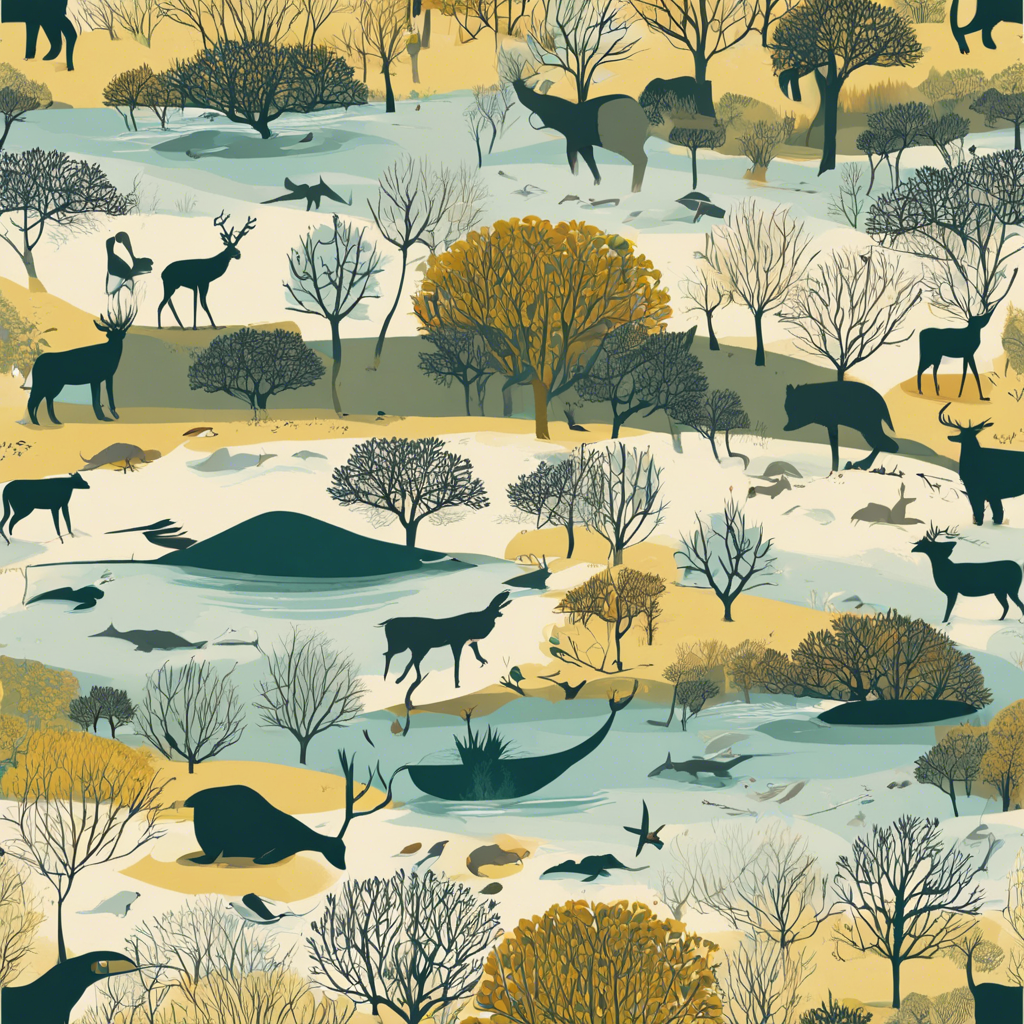
The impacts of climate change are far-reaching, affecting not just our weather patterns but also the delicate balance of our natural ecosystems. As global temperatures rise, wildlife species across the globe are feeling the heat, literally and metaphorically. From the icy poles to tropical rainforests, the changing climate is disrupting habitats and forcing animals to adapt or face dire consequences.
Wildlife ecosystems are intricate webs of interactions between plants, animals, and their environment. Any alteration to this delicate balance can have cascading effects throughout the food chain. Climate change is a significant disruptor, altering temperature and precipitation patterns that have profound implications for wildlife. One of the most visible impacts is the shift in species ranges. As temperatures warm, many animals are moving towards the poles or higher elevations in search of suitable habitats. For instance, some bird species are migrating earlier in the spring and nesting further north, while mountain-dwelling species are being pushed to higher altitudes as they seek cooler climes. These shifts can lead to increased competition for resources and even the displacement of native species.
##
Warmer temperatures also have a direct impact on the life cycles of many species. For instance, earlier snowmelt can cause mismatches in the timing of food availability and the needs of animals that depend on them. This phenomenon, known as phenological mismatch, can lead to reduced reproductive success and even population declines. The iconic polar bear is a prime example of a species directly impacted by melting sea ice. As their icy habitat shrinks, they are forced to spend more time on land, leading to increased interactions with humans and reduced access to their primary prey, seals.
Climate change also exacerbates existing threats to wildlife, such as habitat loss and fragmentation. As rising sea levels and extreme weather events reshape coastlines, vital coastal habitats, and the species that depend on them are at risk. Mangroves, coral reefs, and wetlands, which provide crucial breeding and nursing grounds for numerous marine species, are particularly vulnerable.
Furthermore, the warming climate is contributing to the spread of diseases and parasites, which can decimate wildlife populations. For example, the deadly white-nose syndrome, a fungal disease, has been linked to warmer winters in North America and has led to the catastrophic decline of several bat species, which play a critical role in controlling insect populations and agricultural pests.
The impact of climate change on wildlife ecosystems underscores the urgent need for global action to reduce greenhouse gas emissions. Protecting wildlife habitats and implementing adaptive conservation strategies are essential to helping species withstand the changes already set in motion.
-

 Training10 months ago
Training10 months agoInquiry Regarding Document Review
-

 Adoption1 year ago
Adoption1 year agoHow to Help a Rescue Pet Adjust to Their New Home
-

 Wildlife1 year ago
Wildlife1 year agoProtecting Endangered Species: What You Can Do
-

 Wildlife12 months ago
Wildlife12 months agoEncouraging Wildlife in Your Backyard Safely
-

 Wildlife1 year ago
Wildlife1 year agoThe Role of Sanctuaries in Wildlife Protection
-

 Adoption1 year ago
Adoption1 year agoFinding the Right Rescue Organization for Your Family
-

 Training10 months ago
Training10 months agoApple Smartphones in 2024: Revolutionary Features and Why They Dominate the Market
-

 Training1 year ago
Training1 year agoHow to Train Your Puppy: A Step-by-Step Guide





